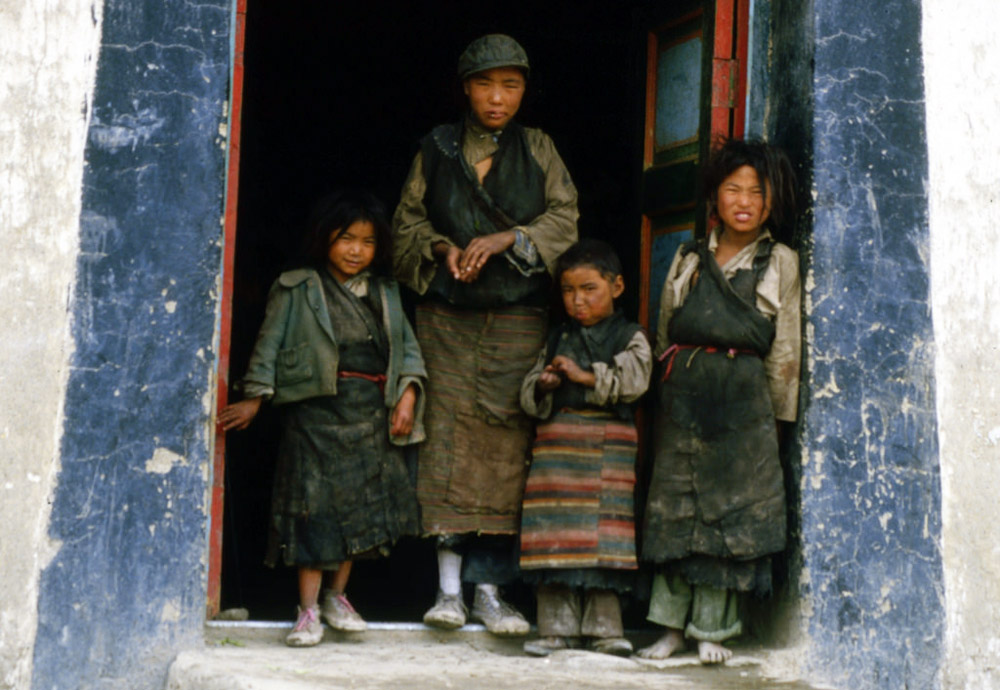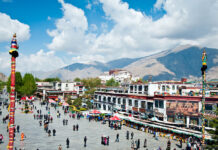 (TibetanReview.net, Aug22, 2018) – The People’s Republic of China has said Aug 19 that it will lift an additional 30 million people out of poverty so as to reach its elimination goal by 2020. It has especially mentioned Tibet Autonomous Region, still the poorest in the republic, among three examples of areas to be especially focused on for this purpose.
(TibetanReview.net, Aug22, 2018) – The People’s Republic of China has said Aug 19 that it will lift an additional 30 million people out of poverty so as to reach its elimination goal by 2020. It has especially mentioned Tibet Autonomous Region, still the poorest in the republic, among three examples of areas to be especially focused on for this purpose.
China sees poverty as one of the main reasons for the Tibetan people’s disaffection towards its rule and speaks of its claimed achievements in alleviating it to justify its rule.
The decision was contained in a guideline on winning the battle against poverty released by the Communist Party of China Central Committee and the State Council, China’s cabinet, reported the official globaltimes.cn Aug 20.
The guideline was stated to explain that poverty relief work should be focused on areas where abject poverty exists, “such as Southwest China’s Tibet Autonomous Region, Liangshan Yi Autonomous Prefecture in Southwest China’s Sichuan Province and Nujiang Lisu Autonomous Prefecture in Southwest China’s Yunnan Province”.
The guideline was cited as saying poor people should be guaranteed food and clothing, and children from poor families should be guaranteed the nine-year compulsory education, with their basic medical needs and living conditions being also guaranteed. Giving a compulsory Chinese educational upbringing, including in especially set up Tibetan classes in schools in China, has long been a major government policy.
Yu Shaoxiang, an expert on social security and poverty relief legislation at the Chinese Academy of Social Sciences, was quoted as saying, “it will be difficult to accomplish the task as the 30 million people live in a poor natural environment and insufficient infrastructure.”
Unlike social maintenance measures, the task of poverty alleviation not only aims to provide them with subsidies but also to teach them to help themselves, Yu has said.





